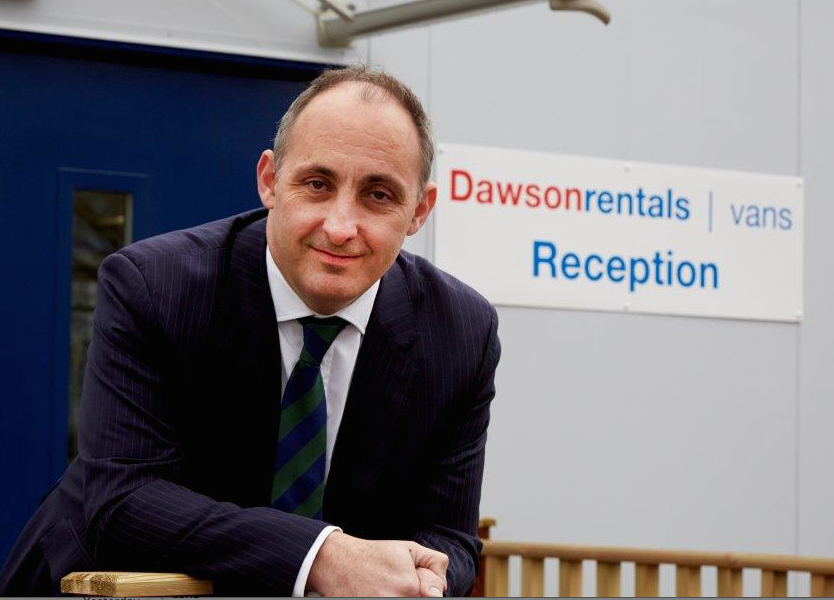Gareth Jones, managing director of Dawsonrentals Vans looks at technology in van fleets.
Businesses operating in the commercial vehicle industry are always alert to alternative routes to reduce danger on the road, constantly looking for and investing in new driver safety measures.
In previous years road safety methods have devoutly followed the themes of education, HR, training and support. Although these are now well-established pillars of safety procedure, the growing prevalence of technology is now transforming every aspect of vehicle safety programmes, with modernised education tools, prevention techniques and on the road software.
Technology advances at such a rate you’d be forgiven for feeling as though it’s all a bit of a blur. For some professionals in commercial hire this has created a divisive environment in which some are more receptive to the technological revolution than others. At worst, enthusiasts could become over-reliant on supporting devices, while sceptics at the other end of the spectrum may not trust them and actively reject their use in safety programmes.
The question is, then, how do you go about integrating useful tech tools across your business? Despite some protestations within the industry and throughout the media, we’re not talking spyware, but useful devices that facilitate efficiency, safety and cost saving.
What is important is that employers include drivers in the dialogue surrounding new technologies. This means educating rather than alienating staff, preventing a potentially huge capital outlay in the process.
What commercial vehicle professionals must communicate is that the most advanced technologies have been created to work with vehicles and their drivers. Cross wind assist supports drivers with heavy loads in strong winds across vulnerable roads, while lane keeping assist is a technology designed to guarantee that drivers stay within the lanes.
In addition, there are other safety features, such as warning signs, which encourage drivers to take a break when suffering from tiredness. This significantly cuts the risk of harm to drivers or damage to vehicles.
Similarly, the more common forms of technology, such as tracking systems and cameras, can help the everyday management of businesses just by simply fitting them to the vehicle. Using trackers lowers the demand for subjective spot checks and can reassure employers that their drivers have some safety support whilst they’re on the move.
However, tracking technologies often carry the unfair tag of ‘big brother’ surveillance, inviting the misconception that employees are always being watched for mistakes.
In fact, commercial vehicle professionals are steering clear of the black box devices most often spotlighted in the press, instead welcoming a range of benefits that include the reduction of business costs through addressing speeding, excessive engine idling and fuel efficiency. These tools do not come with the hidden objective of singling out drivers, but rather promote a widespread safety culture.
The introduction of these technologies in premium brand vans is predicted to transform the purchasing decision on short-term rental hire in particular, as commercial vehicle providers can move with the changing demands of modern customers and accommodate the growing preference for integrated safety technologies.
Overall, technology is becoming less of a choice to be adopted by businesses and more of an inevitability. Introducing the upgraded technological systems to improve any aspect of a business, whether it’s safety, efficiency or expense, is part of a natural evolution that could see commercial hire advance at a quicker pace whilst protecting its most important assets














Login to comment
Comments
No comments have been made yet.